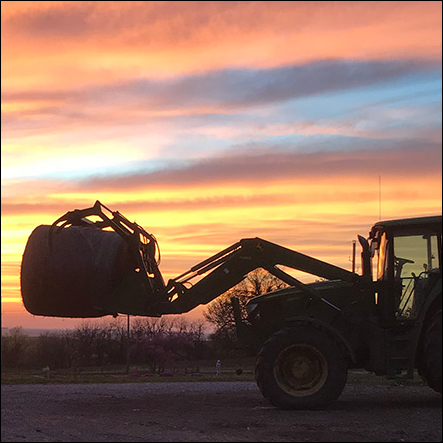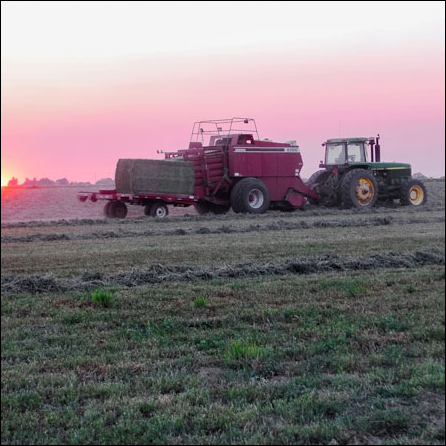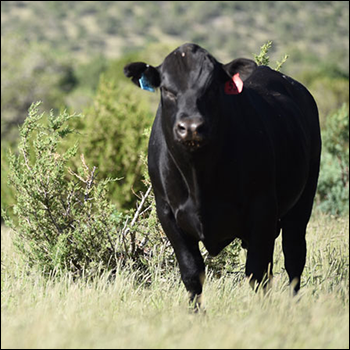
Highlights of Updated Sustainability Impact Report
Sustainability remains a shared value between farmers, ranchers and consumers.
On April 20 the Animal Agriculture Alliance released its updated “Sustainability Impact Report” in celebration of Earth Day and the animal agriculture community’s commitment to continuous improvement in environmental stewardship, animal care, responsible antibiotic use, food safety and nutrition. The 33-page report covers nine sectors of animal agriculture: dairy, beef, veal, pork, chicken, turkey, egg, sheep and aquaculture.
“Earth Day is a great opportunity to appreciate our planet and our environment, but for farmers and ranchers, every day is like Earth Day,” says Kay Johnson Smith, Alliance president and CEO. “As showcased in our updated ‘Sustainability Impact Report,’ the animal agriculture community continues to make advancements in ongoing efforts to reduce its environmental footprint while continuing to safely, efficiently and affordably produce the nutrients our bodies need to function and feel our best.”
The report contains valuable insights into animal agriculture’s dedication to continuous improvement, including the following environmental stewardship highlights:
- Agriculture accounts for roughly 10% of U.S. greenhouse gas (GHG) emissions while livestock production is only 4%.
- The dairy community contributes less than 2% of total U.S. GHG emissions while supplying the protein requirements of 169 million people, calcium requirements of 254 million people, and energy requirements of 71.2 million people.
- The beef community, through continued sustainability efforts and improved resource use, has reduced emissions per pound of beef produced by more than 40% while also producing 66% more beef per animal between 1961 and 2018.
- Pig farmers are continually decreasing their carbon footprint through the adoption of renewable energy sources, and some farms are now carbon-neutral or negative.
- More than 95% of poultry litter is recycled and reused as organic fertilizer to grow crops.
- More than 40% of ingredients used in animal feed are recycled byproducts from other industries.
To access this report, go to https://animalagalliance.org/issues/sustainability.
Editor’s note: This article is provided by the Animal Agriculture Alliance.




